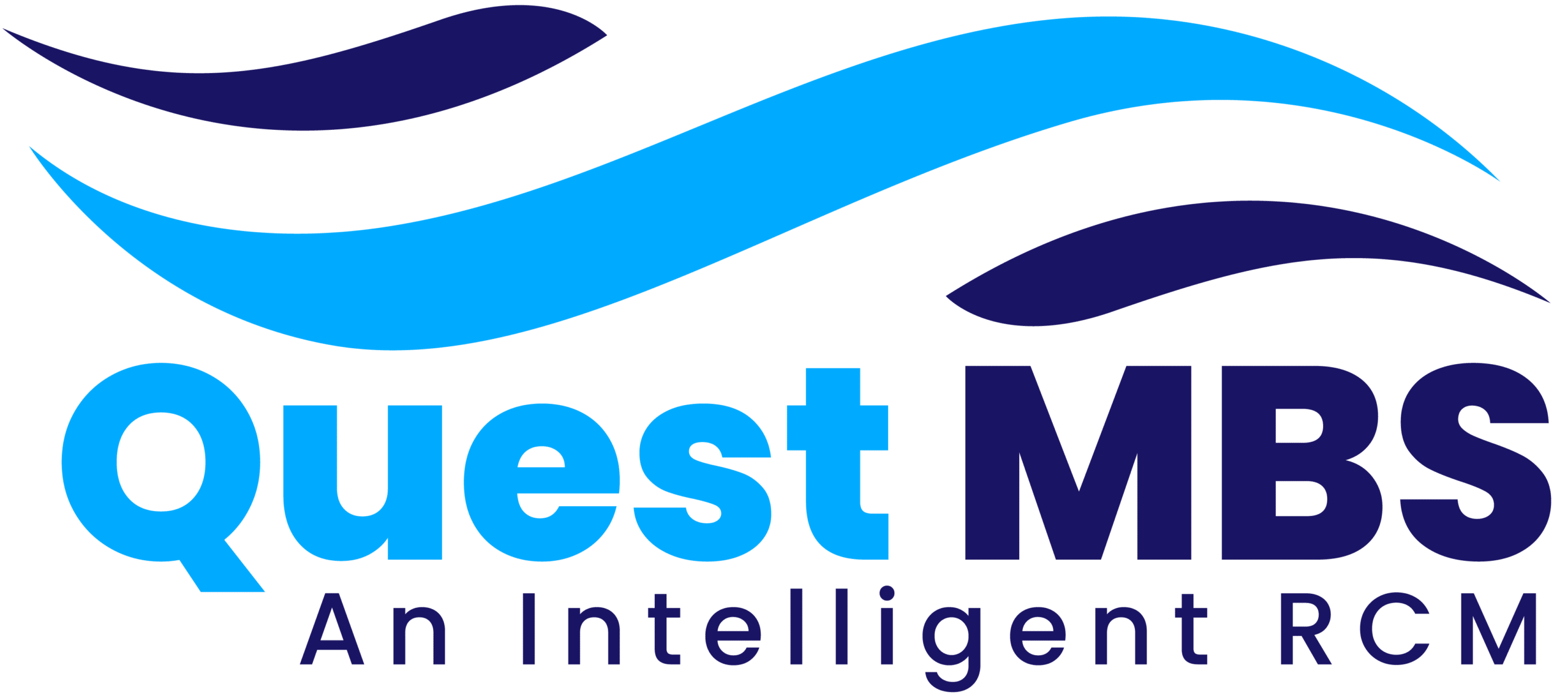Introduction: The Financial Impact of Telehealth
Telehealth has transitioned from a convenient alternative to an essential part of modern healthcare. While it offers significant benefits to patients, it brings new billing challenges that directly affect the financial health of healthcare providers. Understanding how telehealth billing affects your bottom line is crucial for avoiding claim denials, improving reimbursement rates, and sustaining your practice in an increasingly virtual world.
Accurate Coding and Documentation
One of the biggest factors in telehealth billing is ensuring accurate coding and documentation. Virtual visits often require unique codes, time-based documentation, and specific modifiers to reflect the nature of remote care. Billing platforms that integrate real-time coding automation help providers select the correct codes based on documentation. This reduces errors and aligns claims with the latest payer rules, ultimately resulting in fewer denials and more timely reimbursements.
Eligibility Verification in Real Time
Eligibility verification is critical for minimizing revenue disruptions. In telehealth, where patient registration is usually digital, using software that performs real-time insurance verification helps confirm coverage, copays, and pre-authorization requirements before the appointment. This not only improves patient transparency but also prevents post-visit billing issues, keeping your cash flow intact.
Real-Time Charge Capture During Virtual Visits
Charge capture is another vital component of the billing cycle that telehealth platforms must address. Without integrated systems, providers risk underbilling or losing track of charges. Platforms that offer real-time charge capture directly within the virtual care workflow allow providers to document and bill simultaneously. This not only ensures accuracy but speeds up the billing cycle and reduces lost revenue opportunities.
Claims Scrubbing and Denial Prevention
Claims scrubbing tools within billing software act as a first line of defense against common billing errors. Advanced platforms utilize payer-specific rules engines to check each claim before it’s submitted. This includes validating the presence of necessary modifiers, procedure-to-diagnosis matches, and compliance with payer policies. Preventing denials at the submission stage reduces rework and helps ensure consistent reimbursement.
Tracking Claims and Monitoring Cash Flow
After submission, tracking claims in real time helps practices monitor their financial health. Telehealth claims can differ in reimbursement based on payer policies and regional laws. Billing systems equipped with performance dashboards and reporting tools allow teams to identify trends, detect underpayments, and make informed decisions to improve collections. Predictive analytics features also help forecast future revenue and prepare for financial fluctuations.
Improving Patient Collections
With more patients paying out-of-pocket for telehealth services due to high-deductible plans and copays, patient collections play a bigger role in revenue. Digital payment tools, patient cost estimators, and automated reminders are all essential to improve collections. Platforms that provide mobile billing, online portals, and financial counseling options help practices collect balances faster while improving the patient experience.
Integrated Revenue Cycle Management
Disjointed systems can create bottlenecks that slow down telehealth billing and affect profitability. Comprehensive platforms that integrate scheduling, EHR, billing, coding, and patient payments allow for smoother workflows. From appointment scheduling to claims processing, having everything in one place minimizes errors, reduces administrative time, and ensures accurate billing practices. This unified approach supports higher efficiency and stronger revenue performance.
Compliance and Audit Readiness
Telehealth regulations are evolving rapidly. Providers must stay compliant with changing documentation, coding, and billing standards. Automated tools that create audit trails and support documentation compliance help reduce risk during audits and payer reviews. By maintaining detailed records and using systems that track updates in real time, practices can be confident in their claims and protect themselves from costly penalties.
Managing Claim Denials Efficiently
Even with preventive tools, denials still occur. Systems that include real-time denial alerts, categorized rejection reasons, and one-click resubmissions help providers act quickly. Some platforms also offer automation for appeals, including templated letters and workflows that reduce turnaround time. Fast denial resolution directly improves cash flow and protects revenue from being tied up in administrative processes.
Scalable Solutions for Growth
As telehealth grows in popularity, especially across multi-specialty practices and hospital systems, scalability becomes essential. Billing platforms must handle increased visit volume, provider expansion, and evolving payer guidelines. Customizable templates, multi-location support, and adaptive features ensure that your billing system grows alongside your practice without compromising accuracy or speed.
Payer Communication and Automation
Fast and reliable communication with payers helps reduce claim delays and improves billing performance. Tools that integrate with clearinghouses and payer portals offer faster eligibility checks, claim tracking, and payment updates. Automation allows for batch submissions, auto-reconciliation of payments, and streamlined appeal management—saving both time and resources.
Enhancing Provider Productivity
Efficient telehealth billing not only benefits the billing department—it also empowers providers. With automated tools, providers spend less time on paperwork and more time on patient care. This boosts morale, increases the number of patients seen per day, and directly enhances revenue. An efficient billing system reduces burnout and supports sustainable practice growth.







